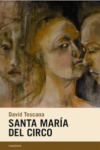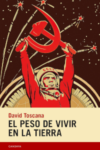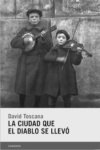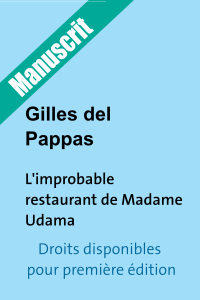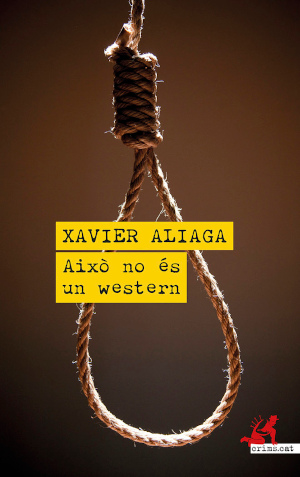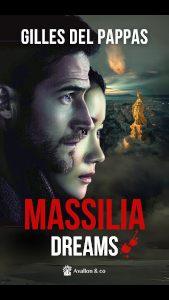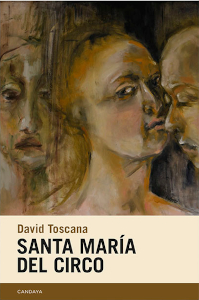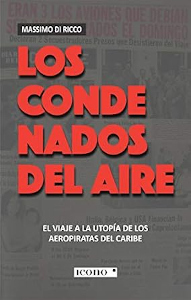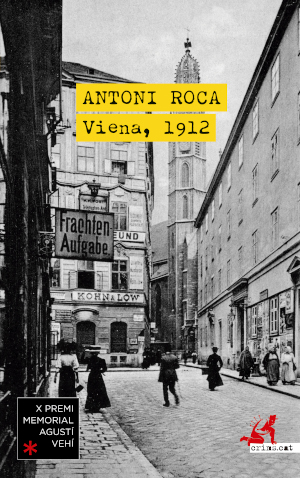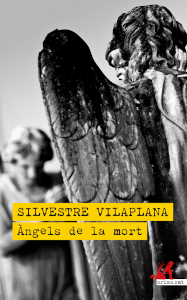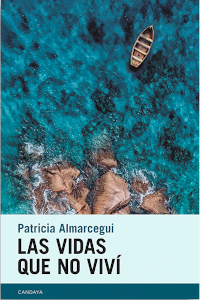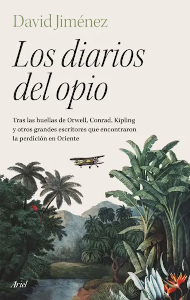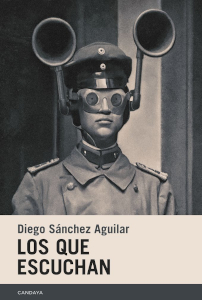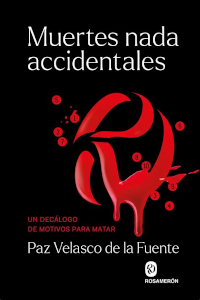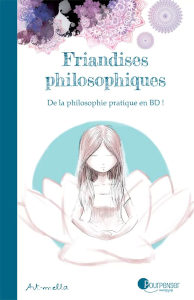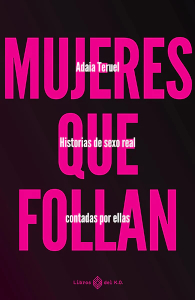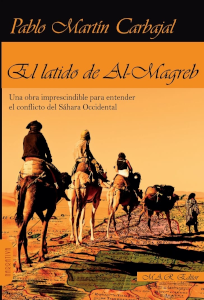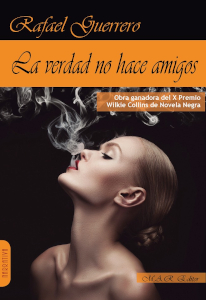The City that the Devil took with him
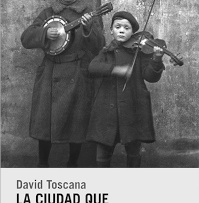
A novel about survival and the ruins of our time.
In the end, although everything went wrong, everyone thought they were heroes. David Toscana reinvents a wounded city where reality is overcome with imagination, nostalgia, rebellion and a good dose of alcohol.
“David Toscana is one of the most innovative contemporary Mexican storytellers.” Eduardo Espina, El Observador.
José Manuel Fajardo: “David Toscana is one of the major voices of the current Latin American narrative”, EL Cultural, El Español, 15 enero 2023
CANDAYA, 2020, 288 p. LITERARY FICTION, spanish (Mexico)
ALFAGUARA, 2013, 264 p. México.
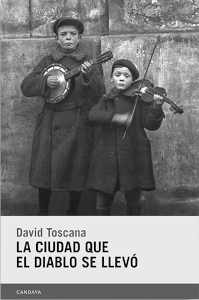
After the German occupation, Warsaw is a city in ruins, inhabited by people who almost lost everything and now, under the red yoke, have to find a meaning to their existence. The idea of a possible future is not enough. First it is necessary to survive. To do so amidst the rubble is the feat of the true heroes; those who knew how to find the beauty hidden behind the bombardments, in the ghetto or in that strange friendship between the fallen.
Feliks, Kazimierz, Eugeniusz and Ludwick live with the wounds of a city that has not yet been resurrected and walk through the ruins of Warsaw as if they were walking through their own lives torn apart by the war: between walks through the rubble, drinking binges that look into the abyss, lost and endlessly rewritten books and cemeteries where the stories of the living and the dead germinate.
Alongside them, Olga, Marianka, the sisters Kasia and Gosia, a barber, a writer and a group of prisoners understand that survival means rebuilding from the ruins and that the meaning of existence lies in beauty, wherever it is to be found.
The City that the Devil took with him shows the senselessness of the human condition: the weight of the Jewish tragedy on an anti-Semite, the pain of a novelist who has lost his novel, the tricks of a gravedigger in the capital of death, the trade in looted objects, a supposed victory that tastes like multiple defeats.
Original Title
La ciudad que el diablo se llevó
Por Jesús García Cívico. El Hype, 29 de diciembre de 2020.
“La obra de Toscana está cuajada de ternura pero también de pensamiento, por eso hay una cierta filosofía de la alucinación y una suerte de entumecimiento de la moral individual y de la desaparición del decoro como correlatos de la crisis de la razón. La fragilidad de los protagonistas como moradores del mundo temporal, los diálogos universales, los tonos fronterizos aparecen como nudos de una trama leve, como estilemas muy reconocibles del escritor de Monterrey”.
“La ciudad que el diablo se llevó es una novela fantástica, y con esto no me refiero al género fantástico sino a su calidad narrativa yestructural. […] muy pocos se sentirán decepcionados de acompañar a los cuatro borrachines de La ciudad que el diablo se llevó”. -Gerardo Lima, Letrearte, Revista literaria del Fondo Regional para la Cultura y las Artes del Noroeste de México.
Territory of representation
World Wide
More about the rights available for this book
sophiesavary@sosavbooks.com

